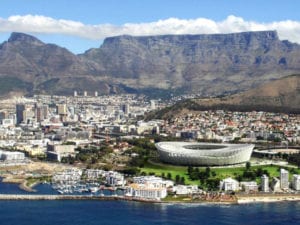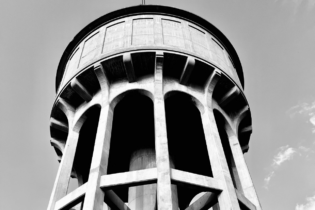The water storage in many parts of the Western Cape has improved significantly following the recent heavy downpours, sometimes accompanied by storms and flooding in the province.
This is a remarkable turnaround of the situation following the lower-thannormal rainfall during the 2016-2018 rainy seasons.
Thanks to the rains and a combination of effective management of available resources, application of drought tariffs for water consumption, extensive communication campaigns, and partnerships with communities, business, and agriculture a potential crisis was averted.
Rashid Khan, Western Cape DWS Provincial Head says “in March 2018 dams such as Theerwaterskloof were hovering around and below 20%. This was the most recent example of a potential crisis which gained international focus.“
“2 years down the line, we see a completely different ball game as the hydrological report of Monday 31 August 2020 indicates the Western Cape Water Supply System (WCWSS) is currently at an impressive situation at 90,08% as compared to 61,94% at the same time in 2018. The last time the system was above the 90% mark was during the 2014 rainy season”.
The Western Cape state of dams is currently at 76,06% which is an increase of over 4% higher than last year around the same time. It is also pleasing to see the Olifants Doorn Catchment overflowing at 101% with Clanwilliam Dam also over the 100% mark.
The Gouritz Catchment which includes the Southern Coastal belt as well as Central Karoo and Little Karoo remains a concern. The past summer rainy seasons did not yield the desired outcomes with below average rainfall in the past 5 years.
The fact that most of the Western Cape water storage system is in a better state as compared to previous years should not breed complacency. Water conservation and water demand management initiatives must remain in place
As an emergency water supply to curb the spread of the COVID-19, a total of 615 water tanks were delivered and installed in the Western Cape by the National Government.
The water from the tanks will enable communities, in particular those in heavily densified informal areas to practice good hygiene by washing hands regularly. Following the Presidential address on the COVID-19 risk-adjusted strategy taken down to Level 2, there is an anticipated increase in water use as economic activities are being opened.
“For this reason, water users are urged to continue with water-saving initiatives”, says Ratau.
“To further promote water use efficiency, we will be implementing water conservation campaigns in Cederberg, George, Bitou, Hessequa, Cape Agulhas and other areas in the next six months”, says Khan.
As climate change is becoming a new normal, a business as usual approach can no longer be a solution. For this reason, we relentlessly remind all water users to cut down water demand in particular high-end users. We have to explore alternate water sources, leading to less reliance on surface water.








